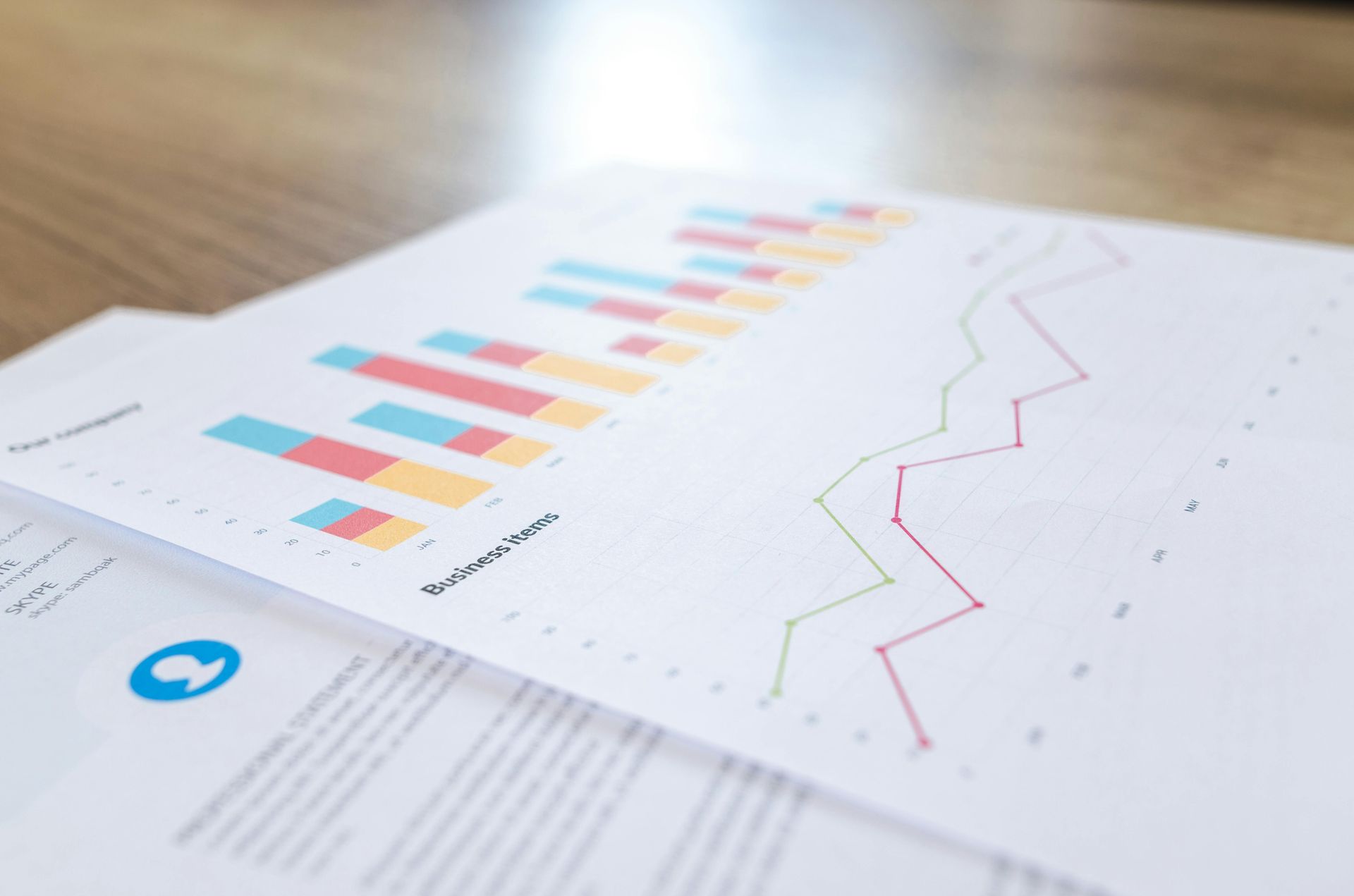Doing It "All"
I’ve been thinking how baseball relates to my work. (Bear with me if you are not a fan.) There are some hitters known for their HOME RUN prowess. Get enough balls over the fence in a career and they’ll build you a statue. There are some players, equally as talented, who get hits at a higher percentage than the Homerun Kings. These hitters have a high BATTING AVERAGE. Rarely do you find someone who can lead the league in both categories. (It’s been done twice in the last 50 years!)
Marketing and donor development requires success EVERY DAY, to “do it all” regardless of how many people are on our team. How can we? Like professionals in sports, it takes focus, determination, training, and practice – lots of practice.
To win at marketing and donor development long-ball, AND small-ball, you must excel at...
- Public Speaking: You don’t have to be a sought-after after-dinner speaker, but you must be able to handle announcements, introductions, and presentations calmly and confidently.
- Making Connections: Interacting with a person in a relatable way breaks down barriers quickly.
- Info Gathering: Become good at tirelessly squeezing every bit of customer or donor data out of events, sign-ups, ads, social media interactions, and more.
- Mass Appeals: Learn the principles and tactics that accompany messaging that reach lots of people at the same time.
- Growing Those Around Us: This includes sharing the credit!
- Fishing: We must always search out and develop new ideas.
- One-to-One: We are called to be engaging, sincere, open AND persuasive.
Baseball hitters at any skill level take batting practice before a game. They don’t rely solely on “muscle memory” for success. They also spend most of their practice time working on areas where they need improvement! We all need improvement in something. The good news? All these skills can be honed with training and practice.
You can do it all.



